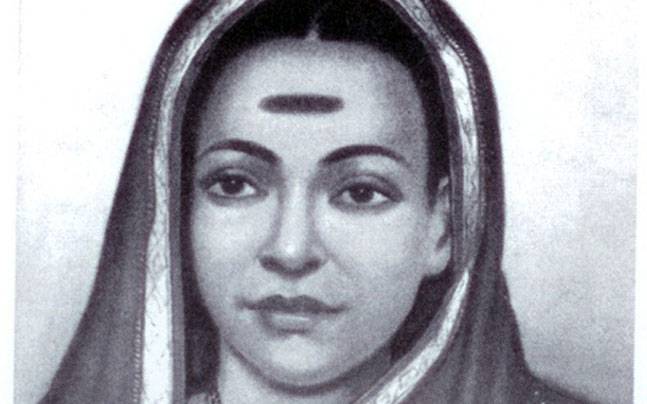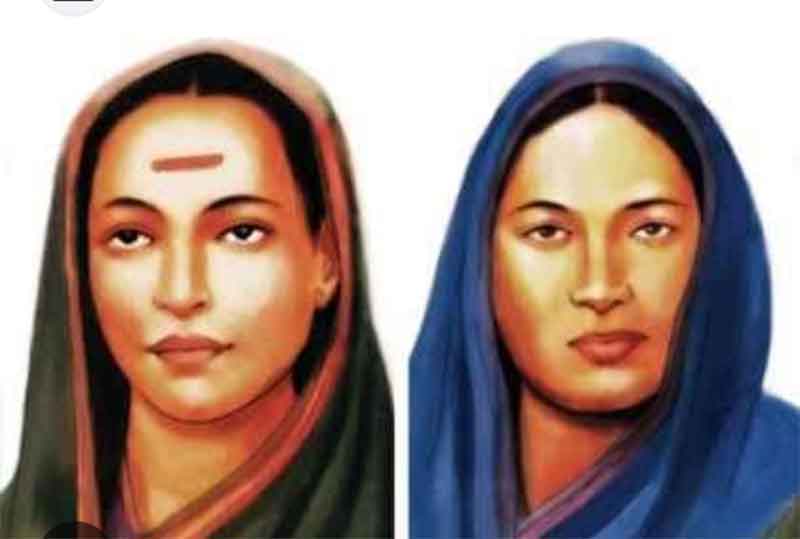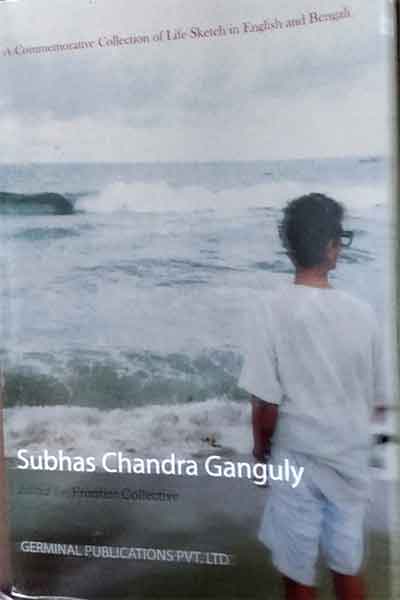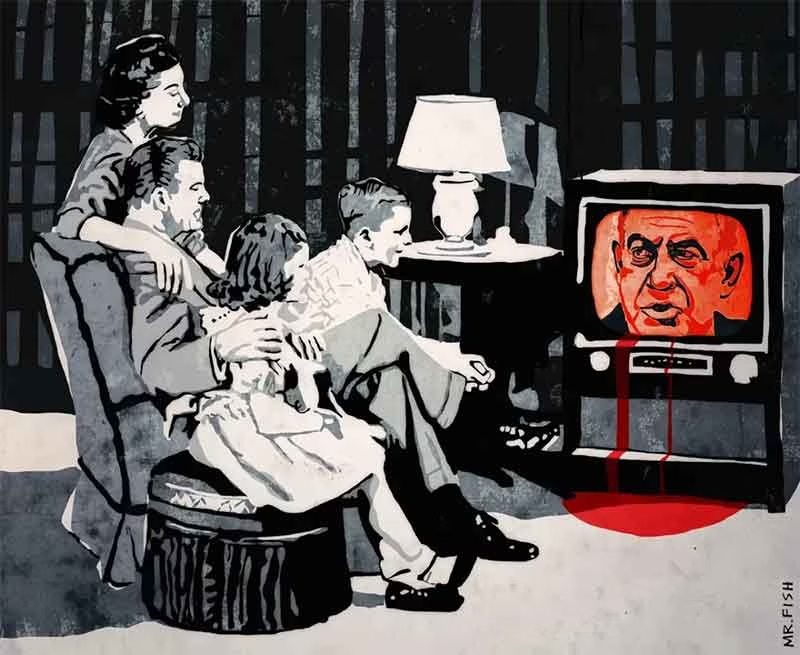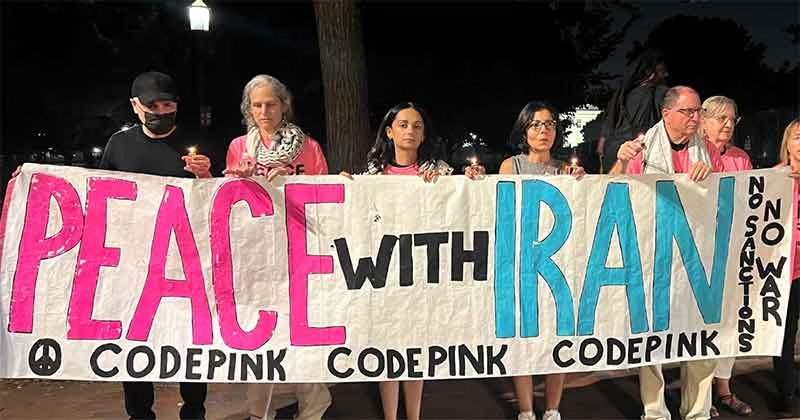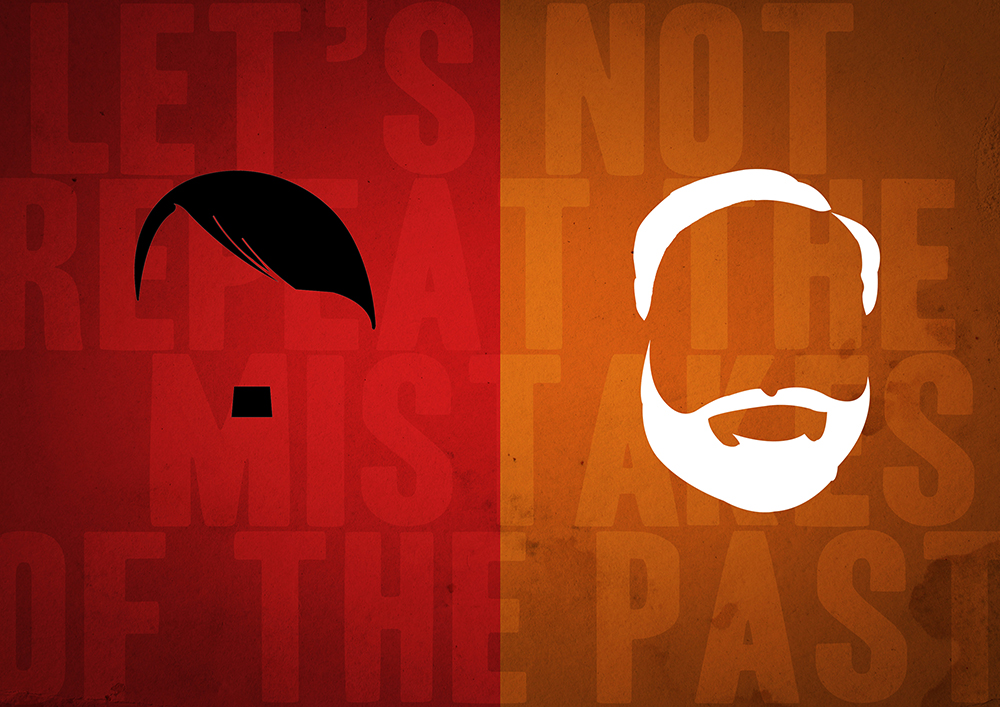
Cinema has long stood as one of India’s foremost socio-cultural conduits, both mirroring societal realities and collective imagination. However, when the bodies (CBFC) tasked with overseeing films become tools for enforcing particular ideologies, cinema loses its ability to shed light on truth. The recent controversy surrounding Phule, a biopic chronicling the lives and struggles of anti-caste reformers Jyotiba Phule and Savitribai Phule, exposes the regressive and caste-conscious manner in which the Central Board of Film Certification presently operates. In sanitising content deemed morally or ideologically objectionable, the CBFC has increasingly resembled the colonial censorship regime that several times tried to censor the celluloid to stifle debate and plurality of perspectives against the colonial regime. Recent policing of the movie Phule, a film shining a light on pioneering social reform, raises pressing questions about who truly benefits when certain narratives are deemed unfit for public consumption and which histories are permitted to be told.

The indispensable Importance of Phule
Jyotiba and Savitribai Phule laid the philosophical cornerstone of resistance against India’s rigid systems of oppression––casteism and patriarchy, through their pioneering activism and educational reform. As early champions of gender, caste and societal equity, they established Western India’s first school for girls in Pune in 1848 and formed the Satyashodhak Samaj to directly challenge Brahminical authority over thought, culture and most importantly their hegemony in education. Through immense personal sacrifice, they worked relentlessly to elevate those most disenfranchised by the rigid social hierarchy of their time by involving ‘emancipation’ in practice.
The marginal representation of Dalit-Bahujan icons in Hindi films underscores an enduring erasure by social elites. Aside from obscure, low-budget productions the Hindi cinema failed to penetrate widespread awareness in terms of caste injustices and Dalit-Bahujan legacies. Not only the Phule couple but even Dr. Ambedkar has been mostly overlooked by Bollywood. Only in the 21st century was the constitution maker introduced in Hindi mainstream cinema (dir. Jabbar Patel, Dr. Baba Saheb Ambedkar, 2000). Marginal icon’s ‘non or nano’ appearance is not accidental but systematic—a result of the industry’s caste composition and its complicity in upholding dominant narratives of social elites, Brahmin and Baniyas.
This current movie signifies a divergence from tradition by entering the mainstream space and trying to equalize the cinematic canon. Its suppression by the CBFC demonstrates the unease that controlling social elites feel toward any effort seeking to decentralize cultural power. The CBFC’s reaction suggests how threatened entrenched interests of social elites feel when even a little attempt comes from the margins.
The Controversy: Reactions to Phule
The premiere of the film Phule sparked excitement among progressive parts of Indian society, particularly Dalit-Bahujan-Adivasi communities who saw their long-neglected history brought to life onscreen. Directed by Ananth Mahadevan and starring Pratik Gandhi and Patralekhaa, the movie aims to document the revolutionary efforts of Jyotirao and Savitribai Phule opposing casteism and patriarchy in 19th century India.
However, this celebration was soon interrupted by objections from Brahmin organisations, especially in Maharashtra, who considered certain parts as defamatory to their community. These protests led the censor board to intervene by demanding multiple edits, like removing references to castes like Mahar and Mang or terms like Peshwai and Manu dharma, as well as altering dialog criticising structural caste violence. Furthermore, the initial release date for Jyotiba Phule’s birthday has also been postponed due to ongoing pressure.
Thus, this reaction from the censor board brings into question its claimed impartiality and also underscores how deeply entrenched caste sensitivities remain within state institutions. It also demonstrates the extent Savarna castes continue swaying and constricting cultural expression in India.
What most unsettles the Brahminical establishment is not the film’s substance alone, but its capacity to re-center debates. It represents an unsettling cinematic intervention that directly challenges their monopolization of cultural production. The discomfort is magnified because the film is directed by an upper-caste filmmaker. If this much opposition is generated by a narrative handled with relative care and moderation, one must ask: what would be the scale of backlash if the same narrative were told by a Dalit-Bahujan filmmaker?
Subscribe to Our Newsletter
Get the latest CounterCurrents updates delivered straight to your inbox.
Conclusion
Jyotiba and Savitri Bai Phule’ accomplishments demand to be shared widely, not merely as a historical remembrance but as an act of restoration of India’s legacy. A cinematic portrayal of their defiance could upend the stranglehold that Brahminical ideology retains over how collective memories are framed and redirect public focus toward a fuller and fairer narrative of the past. Consequently, dissent against such a film stems not from concerns of authenticity but rather from fears of lost control over dominant discourses.
Vikash Kumar is a PhD Student at Centre for Historical Studies Jawaharlal Nehru University
Ritu, Research Scholar, Department of History, University of Delhi



